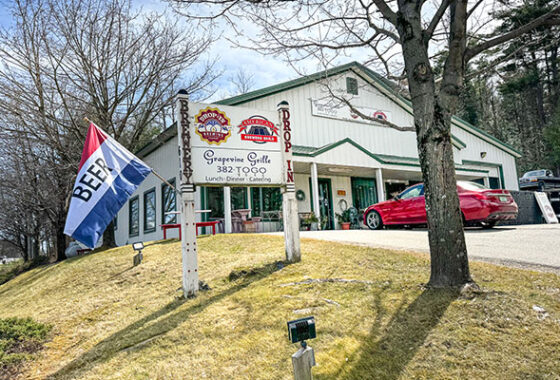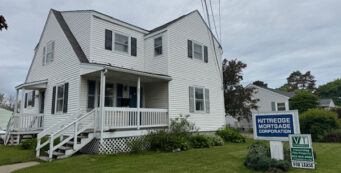By Hughes CRE Advisor
When most investors talk about adaptive reuse, their minds go straight to urban centers: warehouse loft conversions, trendy food halls, or mixed-use high-rises.
But there’s a less flashy corner of the market where adaptive reuse is quietly creating strong returns:
Small towns.
And for savvy investors and developers, it’s one of CRE’s most underrated opportunities.
️ What Is Adaptive Reuse, Anyway?
Adaptive reuse is the process of taking an existing, often underutilized structure, and repurposing it for a new commercial use—without tearing it down.
Think:
An old bank branch becoming a QSR drive-thru
A former auto repair shop turned into a retail cannabis dispensary
A shuttered grocery store converted to medical or dental offices
These types of projects are everywhere in secondary and tertiary markets, where:
Older buildings are plentiful
Demolition and construction costs are rising
Local leaders are eager to fill vacancies and revitalize Main Street
Why It Makes Financial Sense
Here’s the kicker: adaptive reuse deals in small towns are often cheaper, faster, and less risky than ground-up development.
✅ Lower Acquisition Costs
Vacant or obsolete buildings in rural or smaller markets often trade well below replacement cost.
✅ Compressed Timelines
Compared to a full new build, reuse projects often move faster—especially with local support.
✅ Access to Incentives
Many towns will offer grants, tax abatements, or zoning flexibility just to get a property back on the tax roll.
Real-World Example
We recently saw a former CVS in a small-town downtown get repositioned as a regional bank branch and shared office space.
The investor:
Bought the building at a discount
Did light cosmetic and systems upgrades
Locked in a long-term lease with a national tenant
The result?
Double-digit yield in a market most overlook.
⚠️ What to Watch Out For
Not every old building is a goldmine. Be mindful of:
Zoning restrictions (some uses may not be permitted without a variance)
Environmental issues (gas stations and dry cleaners can come with baggage)
CapEx surprises (especially with older HVAC, roof, or plumbing systems)
A thorough inspection and strong local team are critical.
Bottom Line
In today’s market—where new construction is expensive and competition is fierce in gateway cities—small-town adaptive reuse is a smart, strategic play.
You’re not just investing in real estate. You’re:
Solving a local vacancy problem
Revitalizing a downtown corridor
Creating sticky, long-term cash flow








